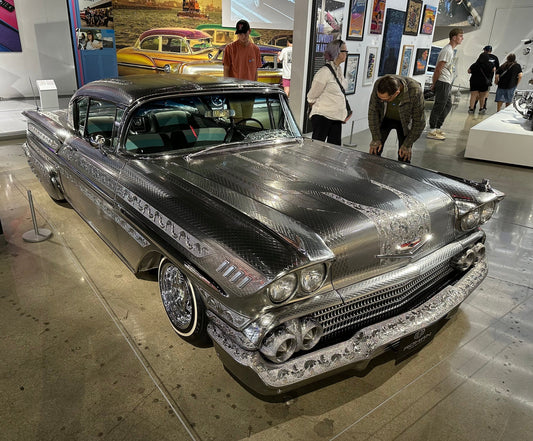When we capture and convert audio waveforms, how we do it matters.
For example, if we're making a recording onto the old standard of magnetic tape, we're going to lose all information above 20kHz (and often more like 15kHz) and below 10Hz. Gone forever.
That how gives us a certain sound we've come to expect.
Using modern means of capture and record, digital audio, we can expect far more bandwidth is preserved. Most decent A/D converters handle frequencies far in excess of human hearing.
That said, how that A/D converter works can make a big difference, too.
Let's start with sample rate. For years, the standard was 48kHz which gave us from below 10Hz to right at 20kHz and nothing more. Better than tape? Absolutely, from a numbers standpoint, but those old digital capture systems never sounded as good as magnetic recording. Too many ancillary problems like steep filters and lousy conversion processes.
That how also had its sonic thumbprint all over the music.
Over the years, sample rates and bit depths went up and we got better sound. Then DSD came along and flipped everything on its head, once again.
With DSD's new how, it wasn't just the increased sample rate of moving from kilohertz to megahertz, but the how of the capture. Instead of numeric chunks to be deciphered later we had what looks like a continuous analog stream ready for playback.
We can't always predict the outcomes of our efforts from simple numeric quantifiers. Sometimes, it's the how that matters more.









